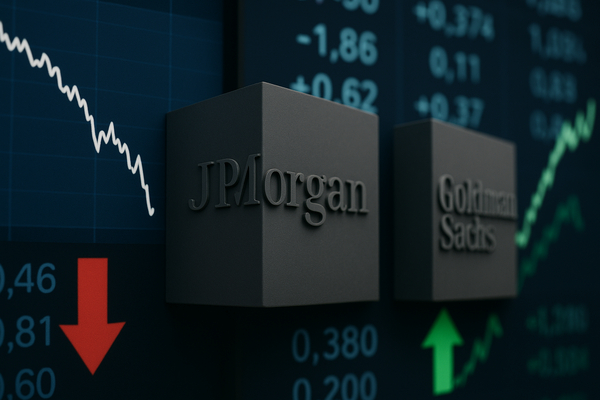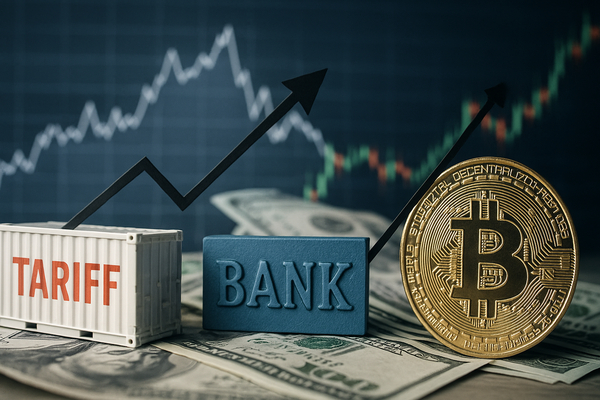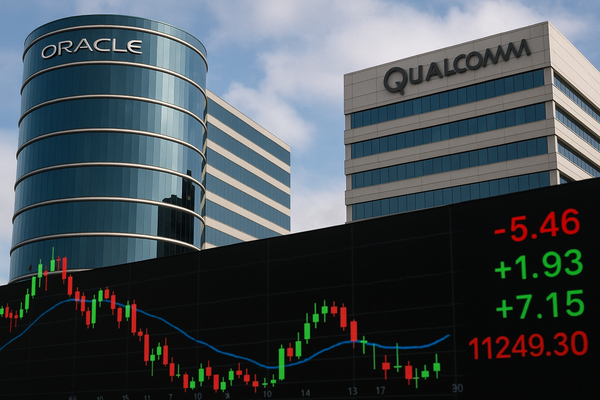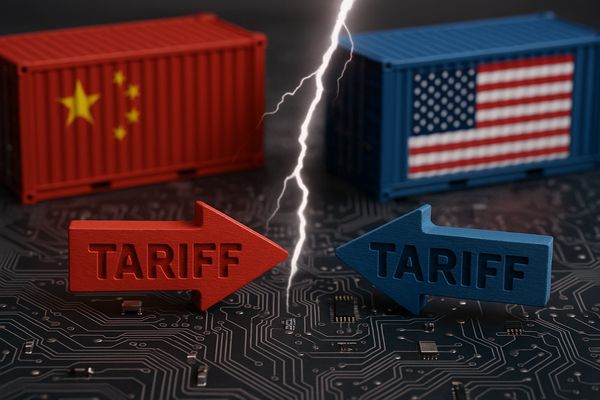
Healthcare investor recalibration is under way as a busy earnings stretch, renewed AI investments in drug discovery, and steady deal activity reshape near-term market dynamics. This matters now because quarterly results and corporate guidance are providing fresh signals about margin pressure, pricing, and R&D pacing. In the short term, investors are weighing earnings beats, misses and guidance changes. In the long term, industrial consolidation, regulatory decisions, and AI-driven R&D could reset winners and laggards across the US, Europe, Asia and emerging markets. Compared with prior cycles, capital is moving faster into software-enabled biotech tools and larger-cap defensive healthcare names.
Earnings pressure and valuation reappraisals
Quarterly reports this season are driving headline moves in both pharmaceuticals and healthcare services. Large-cap drugmakers and insurers are showing mixed top-line momentum while flagging cost dynamics. For example, Johnson & Johnson (NYSE:JNJ) and Pfizer (NYSE:PFE) have been focal points for investors watching product mix and pricing commentary. Insurers such as UnitedHealth (NYSE:UNH) are drawing attention for margin trends tied to medical cost trends.
Analysts are parsing revenue growth, R&D spend and gross-margin trends to separate transient issues from structural ones. Short-term market reactions often reflect guidance changes or one-off items. Longer-term revaluations hinge on growth visibility in core franchises and the ability to offset margin pressure with pipeline or services expansion.
Sector-level valuation multiples have varied by subsector. Biopharma valuations remain sensitive to late-stage readouts and regulatory timelines. Medical device and diagnostics names face demand cycles tied to elective procedure volumes and lab testing trends. Meanwhile, healthcare IT and outsourced services continue to trade on recurring revenue characteristics.
AI, R&D investment and commercialization timelines
AI investments are accelerating a structural reallocation of capital within healthcare. Firms that provide AI-powered discovery tools and data platforms are attracting strategic investors and corporate partnerships. Moderna (NASDAQ:MRNA) and Eli Lilly (NYSE:LLY) have spotlighted computational approaches to design and optimization, prompting peers to increase software and analytics budgets.
Investors are assessing two timelines: near-term productivity gains from analytics and longer-term value from AI-discovered drug assets. Near-term benefits often surface as cost efficiencies or faster candidate selection. Longer-term value requires successful clinical development and commercial adoption, which remain time-consuming and capital intensive.
Deal activity is one channel for firms to access AI capabilities quickly. Larger pharma companies increasingly acquire or license specialized AI startups rather than build in-house. That deal flow supports valuations in the biotech tools and health-tech segments and shifts where investors place growth bets.
Payer dynamics, pricing policy and regional impacts
Payer negotiations and policy decisions are shaping revenue visibility, especially in the US. Pricing conversations and formulary placements affect launch trajectories for new treatments. Regulatory measures in Europe and reforms in select Asian markets also influence global revenue allocation for multinational drugmakers.
Emerging markets present a mix of opportunity and pricing pressure. Companies that balance volume growth in emerging markets with margin-sensitive pricing strategies show different investor appeal than those relying primarily on mature-market pricing power.
In addition, vertical integration among payers, PBMs and care providers is altering referral flows and contracting leverage. That trend places a premium on companies that can demonstrate clear value propositions to payers through outcomes data or cost-of-care reductions.
Market breadth, flows and investor behaviour
Investor flows have bifurcated across defensive large-caps and higher-risk, high-reward biotech names. Defensive names often draw capital during macro uncertainty because of steady cash flows and dividend profiles. Newer entrants in specialty care and digital health attract venture and crossover funds focused on growth and exit potential.
Trading patterns show that liquidity concentrates around earnings dates and clinical readouts. Short-term volatility spikes on headline results, while sector ETFs and active managers reposition based on thematic exposure to AI, M&A and regulatory outcomes. Cross-border flows matter: US investors rotate between domestic blue-chips and global innovators, while European and Asian investors place more weight on local regulatory outcomes and reimbursement timelines.
There are also technical drivers. Institutional rebalancing, index committee decisions, and passive fund flows can amplify moves in larger-cap names. For smaller biotechs, news-driven volume and option expirations often dominate near-term price action.
Scenarios and what to monitor next
Several near-term data points will likely shape the market narrative. Watch upcoming earnings calls for guidance clarity on pricing and cost controls. Monitor late-stage trial readouts for pipeline risk or upside. Track M&A announcements that indicate strategic priorities, especially acquisitions aimed at AI capabilities or specialty portfolios.
Globally, regulatory decisions in the US and Europe will influence launch timing and commercial expectations. In addition, macro variables such as interest-rate direction remain relevant because they affect discount rates applied to long-duration biotech cash flows and the cost of capital for smaller developers.
- Corporate guidance: look for visibility on margins and R&D pacing.
- Clinical milestones: readouts that alter pipeline risk profiles.
- Deal flow: acquisitions that accelerate AI integration or fill portfolio gaps.
- Policy moves: pricing or reimbursement changes in major markets.
Overall, the sector is in a phase of recalibration where earnings, AI-driven R&D and deal activity are the main drivers of repositioning. Investors are parsing short-term signals while weighing long-term structural themes such as digitalization of drug discovery and payer-driven value demonstrations. Market behavior will continue to respond quickly to earnings and clinical milestones, while strategic M&A and policy shifts will set the longer-term winners.
Disclosure: This article is informational only and does not constitute investment advice.








